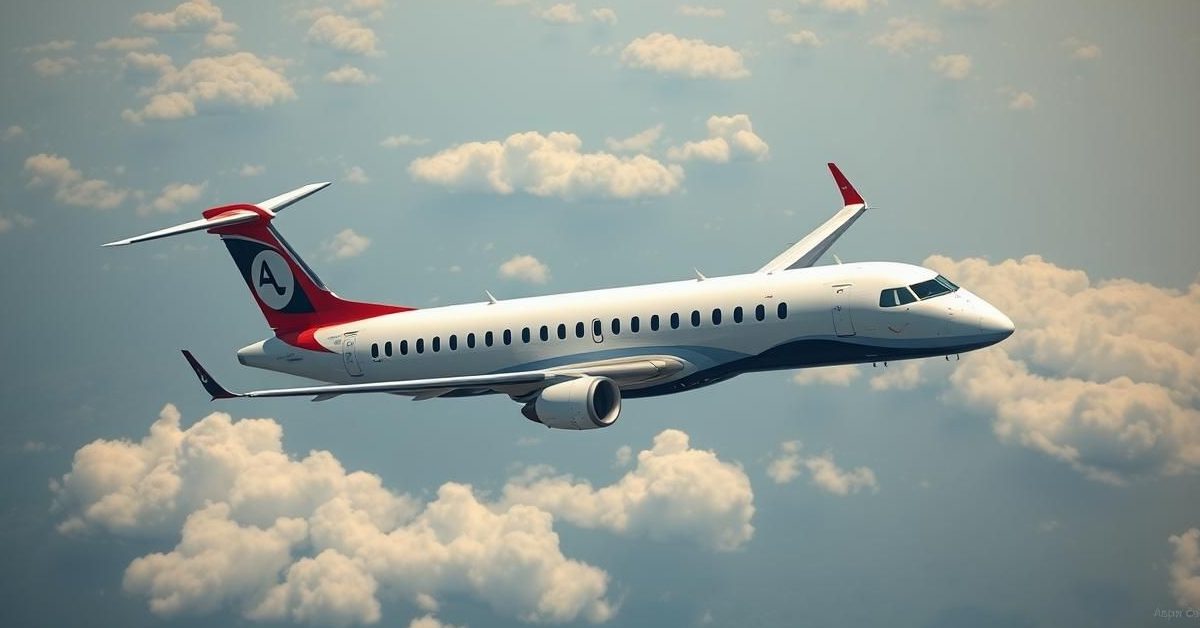India’s Soaring Ambitions: ATR’s Unbreakable Bond with a Dynamic Aviation Market
India, a nation synonymous with vibrant energy and exponential growth, stands as the world’s third-largest and most rapidly expanding major aviation market. This remarkable trajectory isn’t just about gleaming new international terminals; it’s profoundly rooted in the burgeoning regional networks that are connecting communities like never before. At the heart of this transformative journey is ATR, the European regional aircraft manufacturer, whose deep conviction in India’s potential is eloquently captured by its MD, Asia Pacific, who believes, “ATR’s destiny has been linked to India, a lot of new pages to write in that story.”
This sentiment is more than just corporate optimism; it reflects a strategic alliance forged over decades. ATR has not merely observed India’s aviation boom; it has actively participated in shaping its landscape, particularly within the crucial segment of small regional aircraft. Their turboprop aircraft, known for their efficiency and versatility, are uniquely suited to the diverse and often challenging terrain of India, promising a future where air travel truly becomes accessible to the masses.
The Golden Opportunity: Why India’s Aviation Market is Unparalleled
The factors propelling India’s aviation market are multi-faceted and compelling. A rapidly expanding middle class with increasing disposable income, coupled with a youthful demographic, is fueling an unprecedented demand for air travel. This isn’t just about long-haul international flights; it’s predominantly about domestic connectivity, enabling business, tourism, and family visits across the vast subcontinent. The Indian government’s proactive policies, especially the ‘Ude Desh ka Aam Nagrik’ (UDAN) scheme, have been instrumental in democratizing air travel by subsidizing flights to unserved and underserved airports.
This policy environment creates a fertile ground for regional aircraft, particularly turboprops. These workhorse planes are ideal for connecting smaller cities and towns, many of which lack the infrastructure for larger jets. As India continues to densify its regional network, establishing crucial links between Tier 2 and Tier 3 cities and major metropolitan hubs, the need for efficient, reliable, and cost-effective regional aircraft becomes paramount.
Turboprops: The Unsung Heroes of Regional Connectivity
ATR’s conviction in India stems from the inherent advantages of its turboprop fleet, notably the ATR 72-600. Unlike their jet counterparts, turboprops are perfectly engineered for short-haul flights and operate efficiently from smaller, less developed airports with shorter runways. Their lower operating costs, particularly in terms of fuel efficiency, make them an economical choice for airlines looking to establish new routes to emerging destinations.
This economic viability is a critical enabler for the UDAN scheme, which focuses on making air travel affordable for the common citizen. By connecting previously isolated regions, these aircraft don’t just ferry passengers; they act as vital lifelines, fostering economic development, boosting local tourism, and providing easier access to essential services like healthcare and education. From the scenic, often challenging airfields of North East India to the bustling smaller cities of the South, ATR turboprops are the engines of progress.
ATR’s Deep Roots and Future Horizons in India
ATR’s presence in India is well-established, boasting a significant market share in the regional aircraft segment. Airlines like Alliance Air and IndiGo operate substantial fleets of ATR aircraft, leveraging their reliability to serve an ever-growing network of routes. This long-standing relationship has allowed ATR to gain invaluable insights into the unique operational requirements and market dynamics of India.
Looking ahead, ATR sees the potential for substantial growth, envisioning “many new pages to write” in its Indian story. This includes not only further expansion of the ATR 72-600 fleet but also potential opportunities for the smaller ATR 42, which can access even more remote airfields. The future also involves a focus on sustainable aviation, with discussions around sustainable aviation fuels (SAF) and next-generation technologies that promise even greater efficiency and environmental responsibility.
Beyond Business: Transforming Lives and Landscapes
The story of ATR in India is more than just a tale of market share and aircraft sales; it’s a narrative woven into the fabric of human connection and national development. Each regional flight launched brings new opportunities, bridging geographical divides and fostering a sense of national unity. It allows families to visit loved ones more easily, enables businesses to expand into new territories, and opens up pristine tourist destinations to a wider audience.
As India marches towards becoming a global economic powerhouse, its regional aviation network will be a critical backbone. ATR’s continued partnership, fueled by technological innovation and a deep understanding of India’s unique needs, promises to be a pivotal chapter in this ongoing transformation, ensuring that the dream of flight becomes a tangible reality for millions more across the subcontinent.












